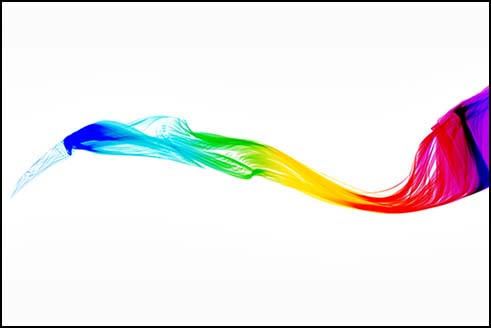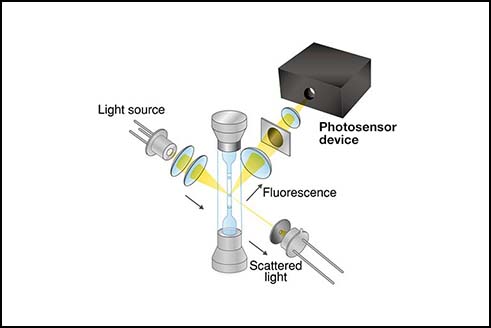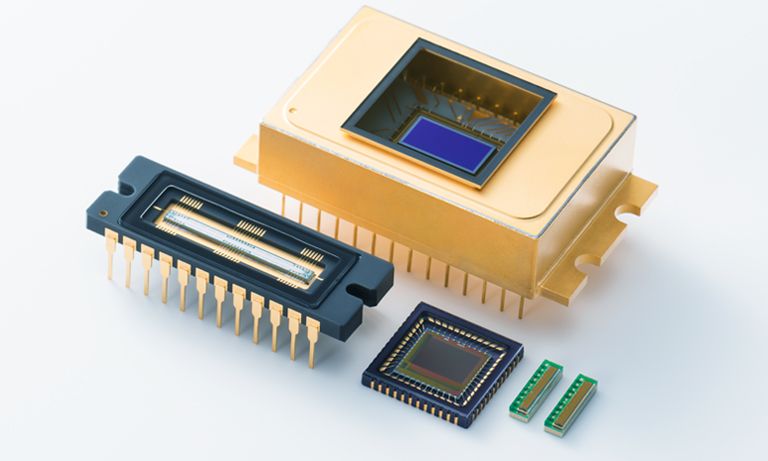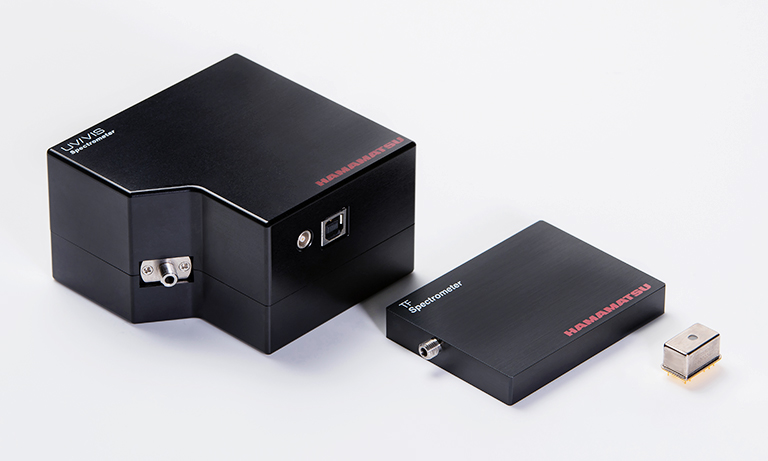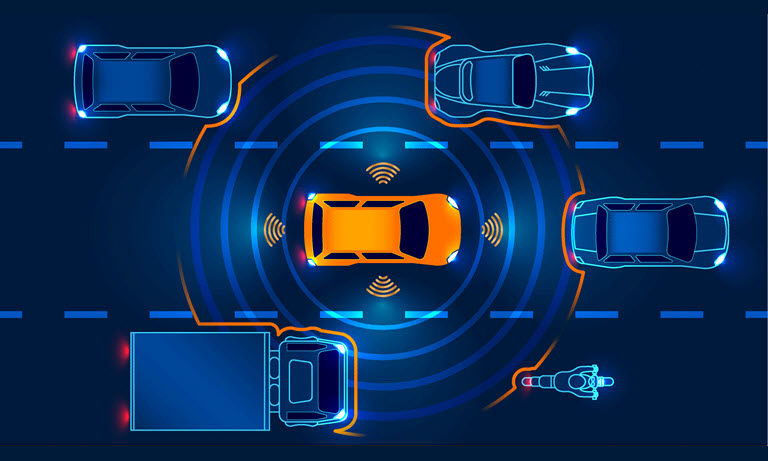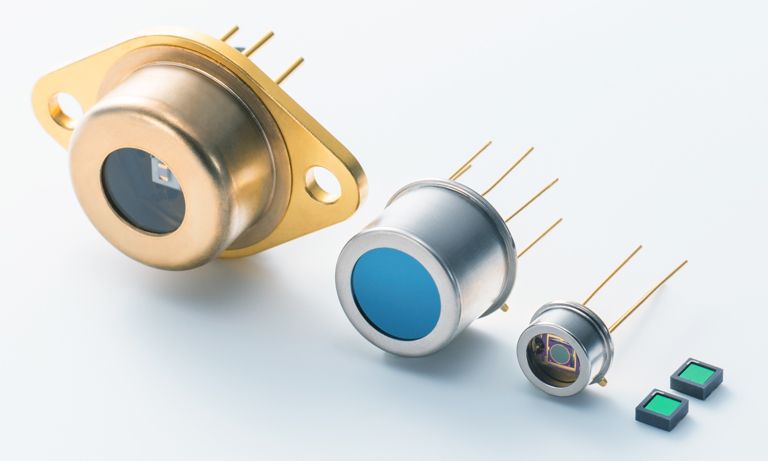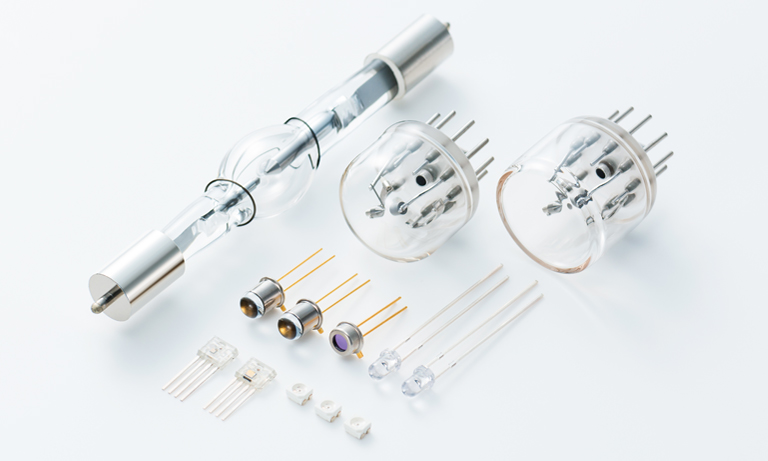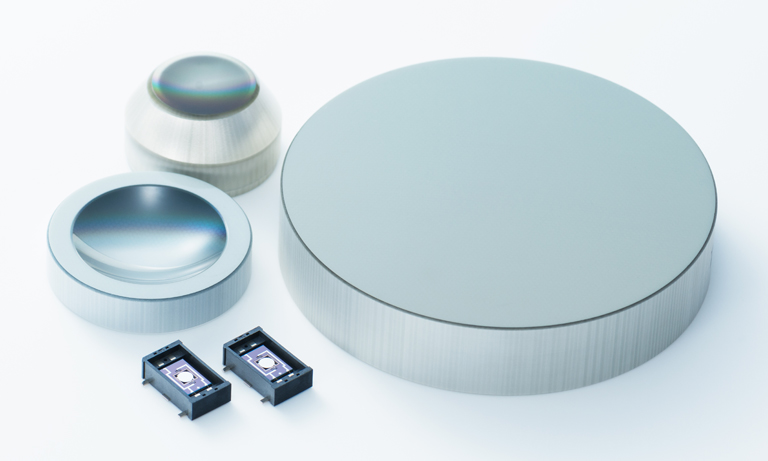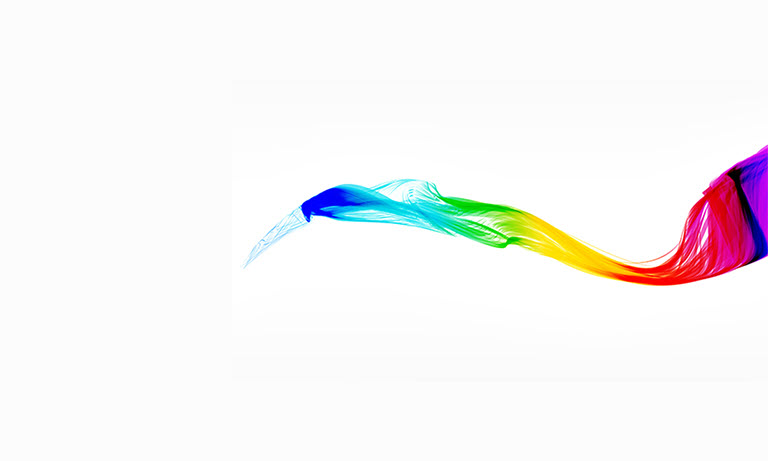Application notes
Technical notes
Ask an engineer
Publications
United States (EN)
Select your region or country.
Distance Image Sensors Questions & Answers
What is touchless interface?
Touchless interface is a human-machine interface technology that allows commanding the computer without physically touching a keyboard, mouse, or screen. Touchscreens are everywhere nowadays on laptops, kiosks, and smartphones. But the increasing hygiene concerns due to the COVID-19 pandemic could open a new era that touchless interface technologies have been waiting for. The three latest trends in touchless interface technologies are voice control, gesture control, and eye tracking. Voice control technology is working very well in certain circumstances, but it is not a good option in public spaces, where it can be noisy or you may not want to speak aloud. A touchless interface based on gesture control can be implemented using a distance image sensor, which can collect 2D imaging and depth information accurately in indoor and outdoor settings.

Figure 1. Touchless interface based on gesture control.
How does the ToF (time of flight) distance image sensor generate the depth information required for a touchless interface?
A 3D ToF camera typically consists of a pulsed IR light source, a distance image sensor, and the necessary optics and driver electronics (Fig. 2).

Figure 2. Basic components of a 3D ToF camera.
There are two different types of ToF cameras based on how the depth information of the object is calculated: direct ToF and indirect ToF.
The direct ToF measures the time delay Δ between when the light is emitted and when the reflected light is received by the sensor. The distance between the sensor and the object can be estimated as depth = cΔ/2, where c is the speed of light.
With indirect ToF, a higher distance accuracy can be achieved with easier electronic designs. Hamamatsu’s indirect ToF distance image sensor implements the dual-capacitor pixel structure (Fig. 3). The pulsed light reflects off an object, and strikes the pixel where the photo-generated charge will be recorded in capacitor Cfd1 or Cfd2 shown in Fig. 3. The capacitors are alternately connected to the pixel at the same frequency as the pulsed light source. The distance between the image sensor and the object can be calculated by the ratio of Q1 and Q2.

Figure 3. Operating principle of indirect ToF distance image sensors.
For more info about indirect ToF sensors, click here to read an article.
Visit Hamamatsu’s main website to see distance image sensors.
What are the advantages of the ToF distance image sensors?
ToF distance image sensors have many advantages compared to other 3D imaging technologies.
- Eye-safe. ToF sensors can use a low-power infrared laser diode or LED as its light source and drives it by a modulated pulse, so you don’t need to worry about harming your eyes.
- Fast and precise measurements. A ToF sensor is faster and more effective in ambient light. It is able to compose a 3D image of a scene in just one shot. Detection using ToF sensors is unaffected by humidity, air pressure, and temperature, making the sensors suitable for outdoor and indoor use.
- Lower power consumption and less data processing. Compared to other 3D imaging technologies such as stereoscopic imaging and structured light, ToF sensors need much less calculation, so the power consumption is also much lower.
Visit Hamamatsu’s main website to learn more about distance image sensors.
If you have a technical question you’d like to see answered on this page, email us.
Meet the engineer

Lu Cheng is an applications engineering manager, specializing in all of our image sensors and driver circuits. Before joining Hamamatsu, she worked as an analog and mixed-signal ASIC designer. With more than 10 years’ experience in ASIC and circuit board design, she can support you to find the optimized product/solution not only from a user’s perspective but also from a designer’s. Outside of the office, Lu enjoys practicing dances and performing on the stage with her friends.
- Confirmation
-
It looks like you're in the . If this is not your location, please select the correct region or country below.
You're headed to Hamamatsu Photonics website for US (English). If you want to view an other country's site, the optimized information will be provided by selecting options below.
In order to use this website comfortably, we use cookies. For cookie details please see our cookie policy.
- Cookie Policy
-
This website or its third-party tools use cookies, which are necessary to its functioning and required to achieve the purposes illustrated in this cookie policy. By closing the cookie warning banner, scrolling the page, clicking a link or continuing to browse otherwise, you agree to the use of cookies.
Hamamatsu uses cookies in order to enhance your experience on our website and ensure that our website functions.
You can visit this page at any time to learn more about cookies, get the most up to date information on how we use cookies and manage your cookie settings. We will not use cookies for any purpose other than the ones stated, but please note that we reserve the right to update our cookies.
1. What are cookies?
For modern websites to work according to visitor’s expectations, they need to collect certain basic information about visitors. To do this, a site will create small text files which are placed on visitor’s devices (computer or mobile) - these files are known as cookies when you access a website. Cookies are used in order to make websites function and work efficiently. Cookies are uniquely assigned to each visitor and can only be read by a web server in the domain that issued the cookie to the visitor. Cookies cannot be used to run programs or deliver viruses to a visitor’s device.
Cookies do various jobs which make the visitor’s experience of the internet much smoother and more interactive. For instance, cookies are used to remember the visitor’s preferences on sites they visit often, to remember language preference and to help navigate between pages more efficiently. Much, though not all, of the data collected is anonymous, though some of it is designed to detect browsing patterns and approximate geographical location to improve the visitor experience.
Certain type of cookies may require the data subject’s consent before storing them on the computer.
2. What are the different types of cookies?
This website uses two types of cookies:
- First party cookies. For our website, the first party cookies are controlled and maintained by Hamamatsu. No other parties have access to these cookies.
- Third party cookies. These cookies are implemented by organizations outside Hamamatsu. We do not have access to the data in these cookies, but we use these cookies to improve the overall website experience.
3. How do we use cookies?
This website uses cookies for following purposes:
- Certain cookies are necessary for our website to function. These are strictly necessary cookies and are required to enable website access, support navigation or provide relevant content. These cookies direct you to the correct region or country, and support security and ecommerce. Strictly necessary cookies also enforce your privacy preferences. Without these strictly necessary cookies, much of our website will not function.
- Analytics cookies are used to track website usage. This data enables us to improve our website usability, performance and website administration. In our analytics cookies, we do not store any personal identifying information.
- Functionality cookies. These are used to recognize you when you return to our website. This enables us to personalize our content for you, greet you by name and remember your preferences (for example, your choice of language or region).
- These cookies record your visit to our website, the pages you have visited and the links you have followed. We will use this information to make our website and the advertising displayed on it more relevant to your interests. We may also share this information with third parties for this purpose.
Cookies help us help you. Through the use of cookies, we learn what is important to our visitors and we develop and enhance website content and functionality to support your experience. Much of our website can be accessed if cookies are disabled, however certain website functions may not work. And, we believe your current and future visits will be enhanced if cookies are enabled.
4. Which cookies do we use?
There are two ways to manage cookie preferences.
- You can set your cookie preferences on your device or in your browser.
- You can set your cookie preferences at the website level.
If you don’t want to receive cookies, you can modify your browser so that it notifies you when cookies are sent to it or you can refuse cookies altogether. You can also delete cookies that have already been set.
If you wish to restrict or block web browser cookies which are set on your device then you can do this through your browser settings; the Help function within your browser should tell you how. Alternatively, you may wish to visit www.aboutcookies.org, which contains comprehensive information on how to do this on a wide variety of desktop browsers.
5. What are Internet tags and how do we use them with cookies?
Occasionally, we may use internet tags (also known as action tags, single-pixel GIFs, clear GIFs, invisible GIFs and 1-by-1 GIFs) at this site and may deploy these tags/cookies through a third-party advertising partner or a web analytical service partner which may be located and store the respective information (including your IP-address) in a foreign country. These tags/cookies are placed on both online advertisements that bring users to this site and on different pages of this site. We use this technology to measure the visitors' responses to our sites and the effectiveness of our advertising campaigns (including how many times a page is opened and which information is consulted) as well as to evaluate your use of this website. The third-party partner or the web analytical service partner may be able to collect data about visitors to our and other sites because of these internet tags/cookies, may compose reports regarding the website’s activity for us and may provide further services which are related to the use of the website and the internet. They may provide such information to other parties if there is a legal requirement that they do so, or if they hire the other parties to process information on their behalf.
If you would like more information about web tags and cookies associated with on-line advertising or to opt-out of third-party collection of this information, please visit the Network Advertising Initiative website http://www.networkadvertising.org.
6. Analytics and Advertisement Cookies
We use third-party cookies (such as Google Analytics) to track visitors on our website, to get reports about how visitors use the website and to inform, optimize and serve ads based on someone's past visits to our website.
You may opt-out of Google Analytics cookies by the websites provided by Google:
https://tools.google.com/dlpage/gaoptout?hl=en
As provided in this Privacy Policy (Article 5), you can learn more about opt-out cookies by the website provided by Network Advertising Initiative:
http://www.networkadvertising.org
We inform you that in such case you will not be able to wholly use all functions of our website.
Close

